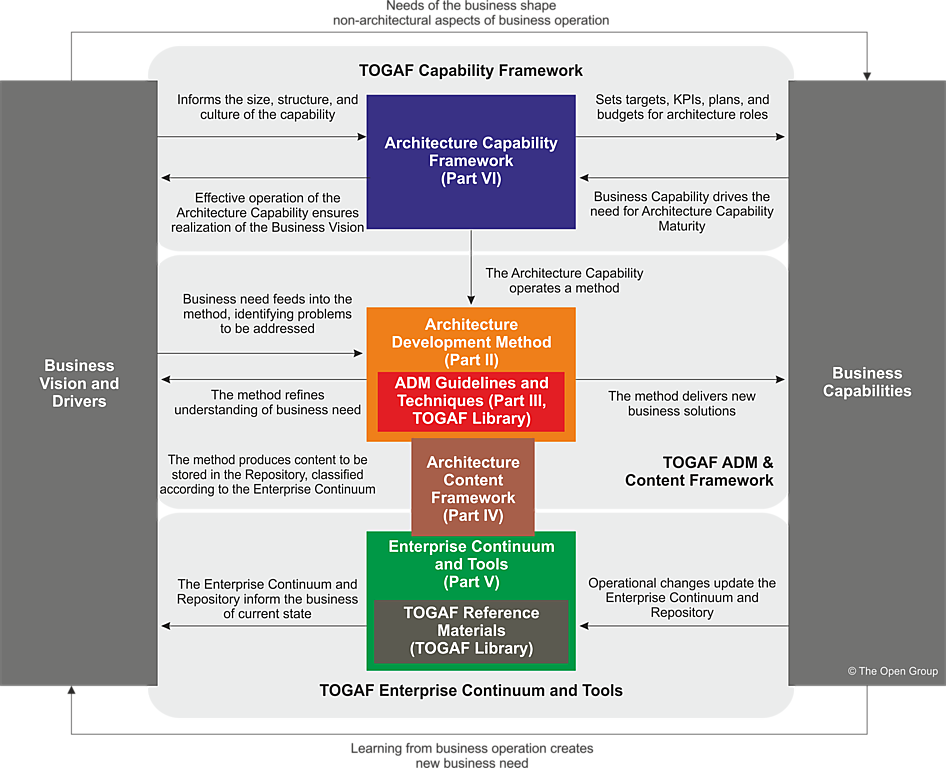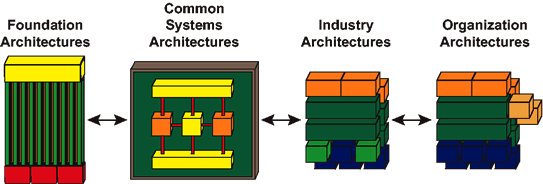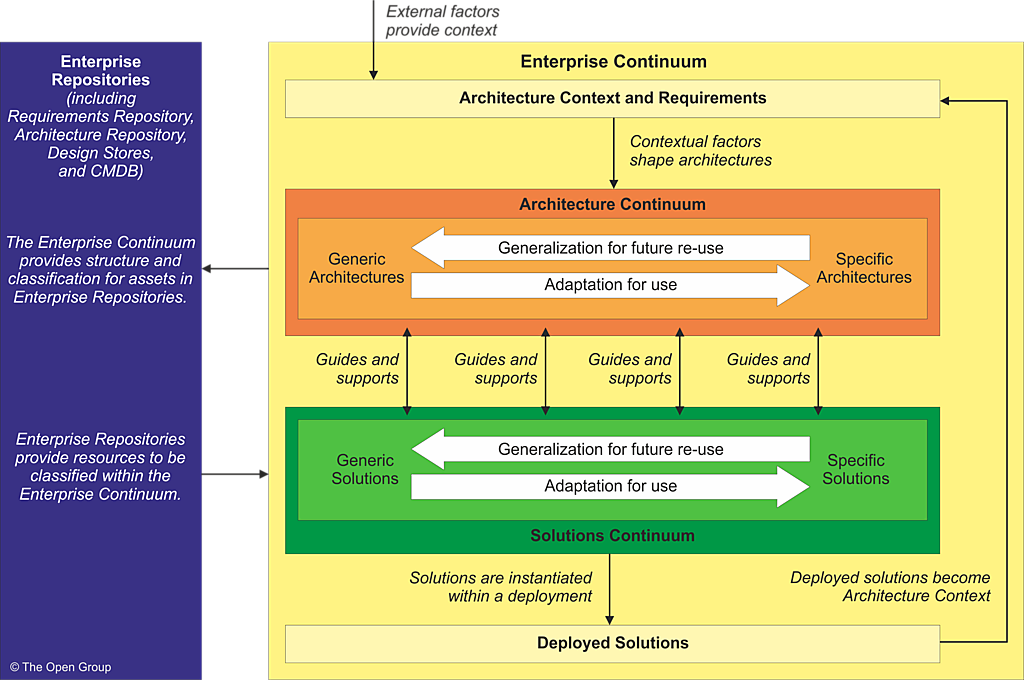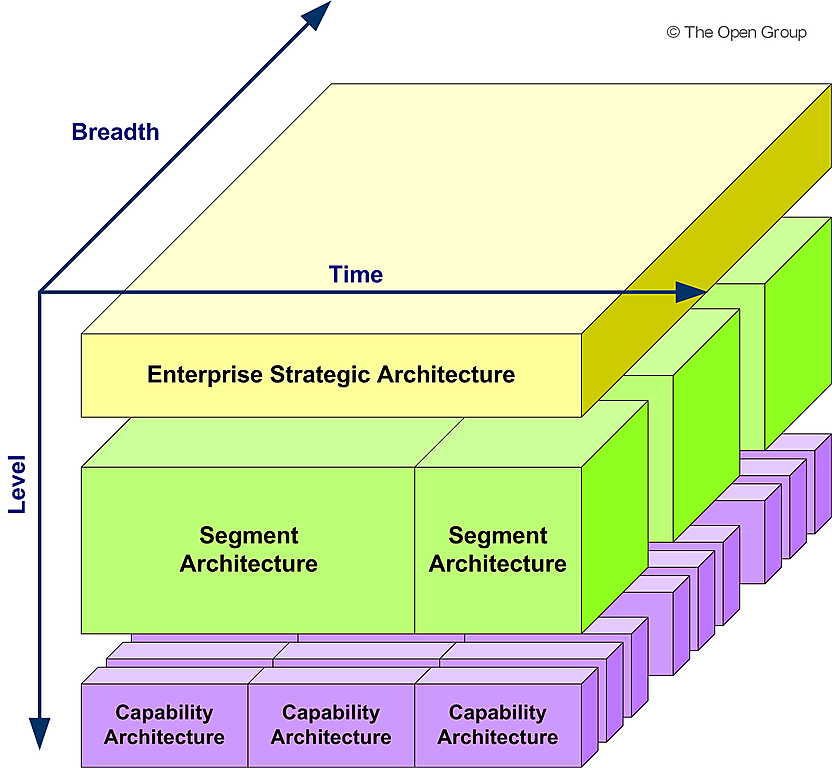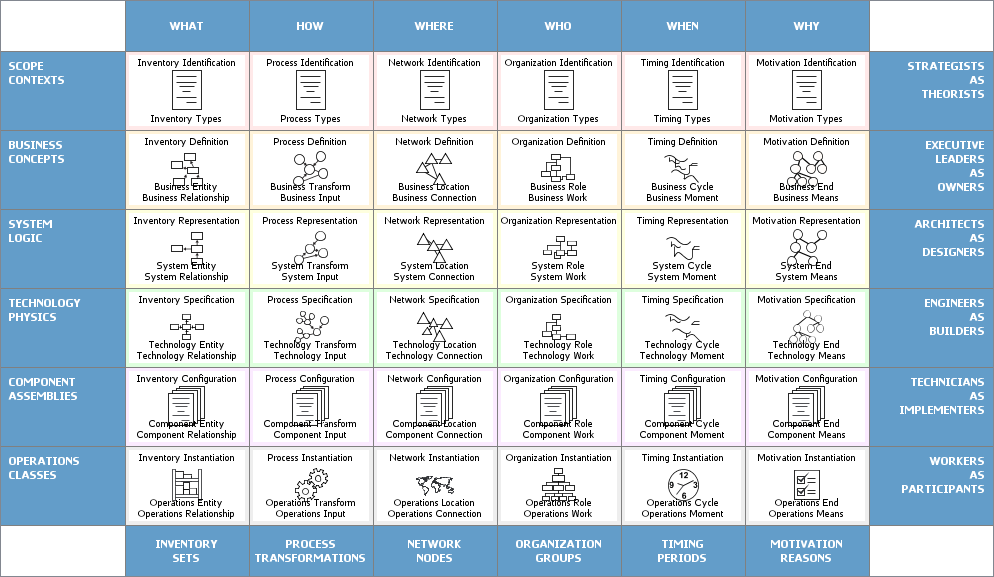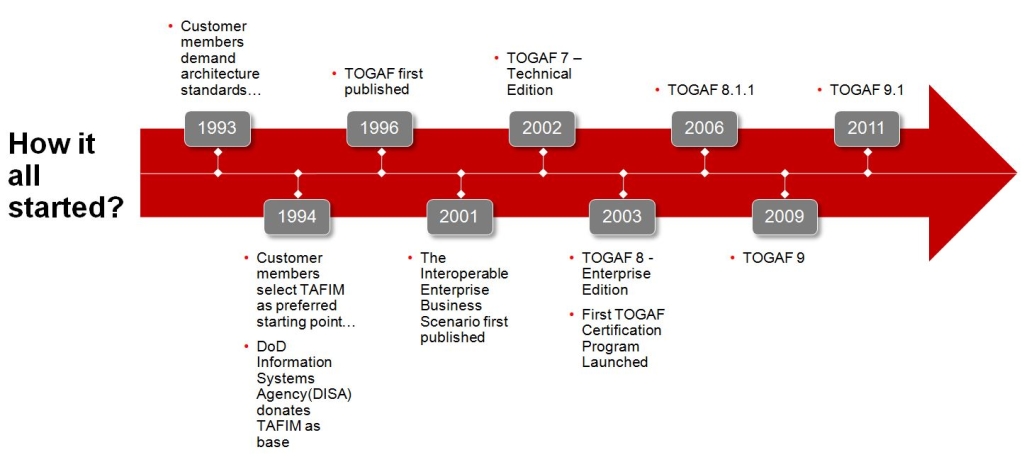Understanding Architecture Principles in TOGAF
Introduction Principles are foundational rules and guidelines that help organizations fulfill their mission. They are designed to be enduring and infrequently amended, serving as a compass for decision-making and action across various domains. Within the context of enterprise architecture (EA), principles play a crucial role in guiding the development and utilization of architectural frameworks. This article explores the significance of enterprise principles and architecture principles, their hierarchical relationship, and their role in effective architecture governance. The Role of Principles in Organizations Principles serve as a cornerstone for organizations, providing a structured set of…continue reading →

